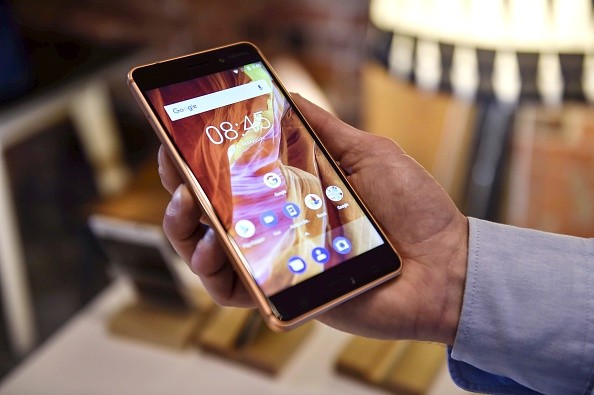A new flaw can remove the Android lock screen option. This vulnerability was discovered by David Schutz, a cybersecurity expert and bug bounty hunter.

He conducts ethical hacking activities for Meta and Google, allowing the companies to identify serious cybersecurity flaws so they can address them ASAP.
Schutz shared his findings on Thursday, Nov. 10, via his official Twitter post.
He also published a blog post explaining how serious this new Android vulnerability is.
New Flaw Removes Android Lock Screen Option?
According to News 18's latest report, the new security vulnerability can unlock an Android device.

The flaw works on compromised smartphones, as well as handsets with an extra SIM card slot, which is locked with the PIN.
Schutz explained that all the hackers need to do is to put in the extra SIM and enter an incorrect code three times.
After that, the lock screen option will be removed, allowing them complete access to your Android smartphone.
"This was the most impactful vulnerability that I have found yet, and it crossed a line for me where I really started to worry about the fix timeline and even just about keeping it as a 'secret' myself," said Schutz via his official blog post.
Affected Android Devices, Other Details
Although this newly discovered flaw is quite serious because it can totally make your lock screen useless, not all Android devices are affected by it.
David said that only Pixel smartphones are affected by the vulnerability. This means that Samsung and other Android models are safe.
I found a vulnerability that allowed me to unlock any @Google Pixel phone without knowing the passcode. This may be my most impactful bug so far.
— David Schütz (@xdavidhu) November 10, 2022
Google fixed the issue in the November 5, 2022 security patch. Update your devices!https://t.co/LUwSvEMF3w
Google said that the Android vulnerability has already been fixed on Nov. 7.
This means that the flaw can now be fixed by patching the Nov. 7 Android security updates on the Android 10, 11, 12, and 13 versions.
Aside from this new vulnerability, two new iOS 16.1 security flaws were also discovered.
Cybersecurity researchers also claimed that the Apple App Store risks user privacy by tracking consumers' online activities.
For more news updates about Android flaws and other security threats, keep your tabs open here at TechTimes.
This article is owned by TechTimes
Written by Griffin Davis

![Apple Watch Series 10 [GPS 42mm]](https://d.techtimes.com/en/full/453899/apple-watch-series-10-gps-42mm.jpg?w=184&h=103&f=9fb3c2ea2db928c663d1d2eadbcb3e52)


